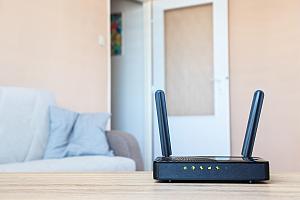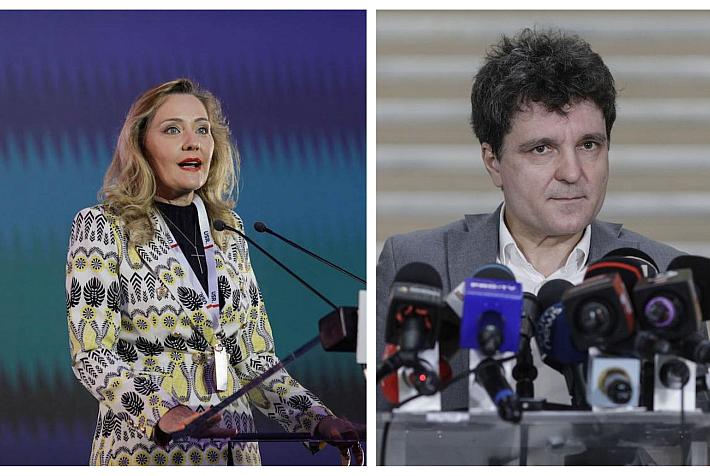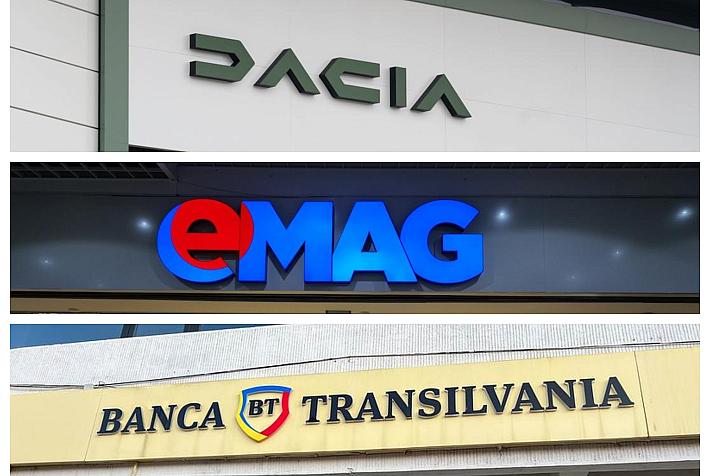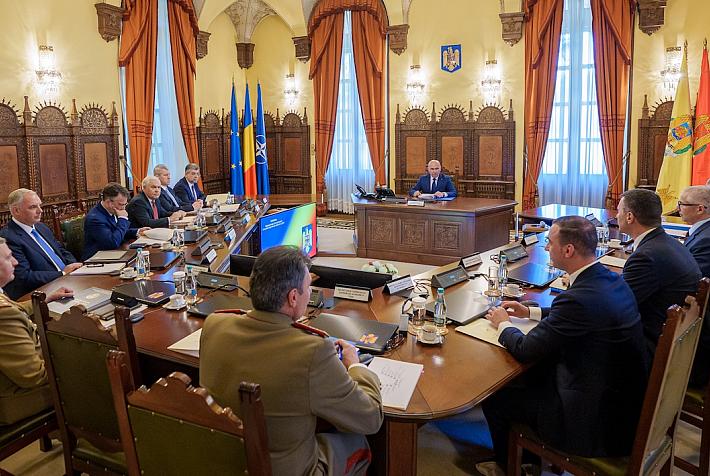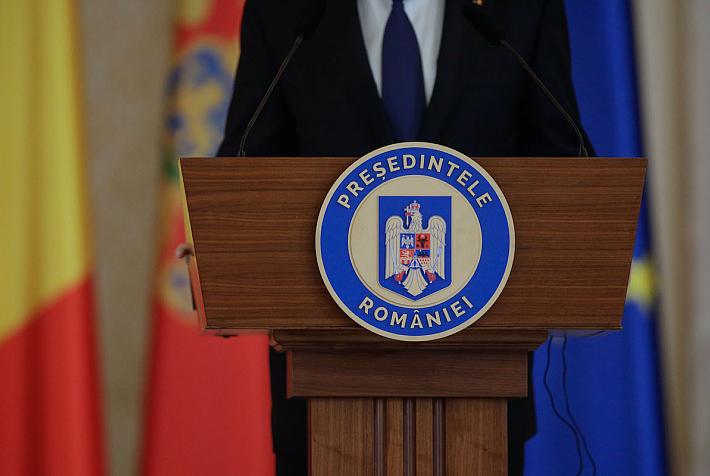Romania among European countries with highest percentage of households with high-speed broadband
Romania is among the countries with notably fast median download speeds and with the highest percentage of the population with broadband, placing it at the top of EU members looking to expedite digital transformation by 2030, a goal of the European Commission, according to Ookla.com.
The European Commission has set forth an ambitious goal of achieving a Digital Decade 2030 strategy, also known as the Digital Compass. One of the primary objectives of this strategy is to improve digital connectivity, which will be measured through specific targets such as 100 Mbps services by 2025 and gigabit coverage to all EU households by 2030.
According to the Broadband Coverage in Europe 2022 report, 86.6% of EU households were within 100 Mbps + coverage, meaning they had access to broadband services capable of providing at least 100 Mbps download speeds.
While having networks available does not automatically equate to real penetration or adoption rates, it is an important prerequisite. Physical accessibility to network services is a vital first step before actual usage, which is influenced by factors such as affordability, awareness, and the perceived need for the service.
Broadband services might promise speeds in excess of 1 Gbps, but the reality is that users rarely experience that level of speed. However, while the gap between advertised speeds and actual speeds for gigabit services is wide, speeds approaching 100 Mbps are far more common. Denmark, Spain, France, and Romania have notably fast median download speeds, primarily due to their fiber-to-the-home (FTTH) infrastructure investments.
Fiber-based networks show more balanced speeds, improving connectivity. 81% of Romanian households enjoy internet speeds of at least 100 Mbps, while 57.8% of users achieve at least that speed. The figures place Romania in third place, behind Spain and Sweden, with regard to the percentage of households subscribing to fixed broadband of at least 100 Mbps.
Romania has one of the highest Fiber to the Home/ Building (FTTP/B) penetration rates across the region — nearly 97.7% of households — which is partially driven by government-backed fixed infrastructure projects such as RoNet, and the special attention given to rural and disadvantaged areas. Moreover, nearly a quarter of households in Romania subscribe to internet speeds of at least 1 Gbps, behind France (39.9%) and Hungary (29.8%), according to the report by Ookla.
The report concludes that fiber offers superior internet speeds, lower latency, enhanced security, and environmental sustainability – a noteworthy upgrade from copper networks and also a path forward for some cable operators (instead of DOCSIS 4.0).
radu@romania-insider.com
(Photo source: Rawpixelimages/Dreamstime.com)






